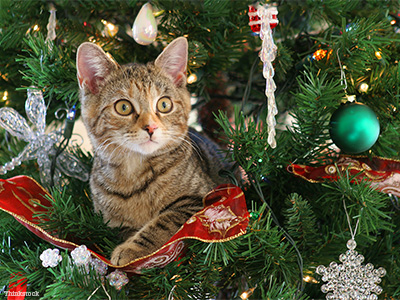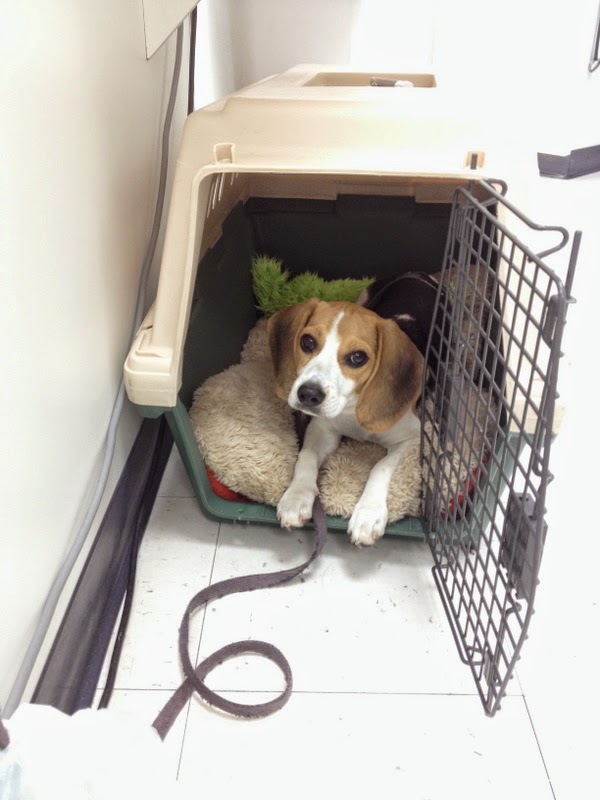Nutrition is the process of providing or obtaining the food necessary for health and growth. We want to provide good quality, nutritious food to our pets so they may live a long healthy life. When we go to the store to purchase pet food, it can be very overwhelming. There are aisles and shelves packed with different kinds of food. Dry kibble, canned, semi-moist, refrigerated and frozen. What should you choose?
 The first thing you want to do is look for the AAFCO information. AAFCO stands for the Association of American Feed Control Officials. AAFCO is a regulatory board that safeguards the health of animals and humans. Pet foods are developed two ways; through animal feeding trials or computer models. An animal feeding trial is where a group of healthy laboratory cats or dogs are fed the food. The animals are examined and blood work sampling is done before, during and after the food trial. This ensures that the food is meeting all nutritional requirements for the animal. A computer model is designed to allow the researchers to plug in the values for protein, fat, calcium and phosphorus and see if the values are adequate. The veterinarians at Kingsbrook Animal Hospital recommend diets developed with animal feeding trials.
The first thing you want to do is look for the AAFCO information. AAFCO stands for the Association of American Feed Control Officials. AAFCO is a regulatory board that safeguards the health of animals and humans. Pet foods are developed two ways; through animal feeding trials or computer models. An animal feeding trial is where a group of healthy laboratory cats or dogs are fed the food. The animals are examined and blood work sampling is done before, during and after the food trial. This ensures that the food is meeting all nutritional requirements for the animal. A computer model is designed to allow the researchers to plug in the values for protein, fat, calcium and phosphorus and see if the values are adequate. The veterinarians at Kingsbrook Animal Hospital recommend diets developed with animal feeding trials. The next thing to look at is the Nutrition label. Is the food labeled for all life stages, or is it specifically labeled for kitten, adult or senior cats? A food that is labeled for all life stages is basically a kitten food. The nutrient contents are going to be in the higher ranges so that the kitten may develop and grow at a steady rate. These ranges may be too high for an adult or senior house cat. The calorie content is also higher, so feeding a food for all life stages to a sedentary adult or senior cat is going to cause weight gain. Make sure that the diet you choose is specifically labeled for the life stage of your pet.
The next thing to look at is the Nutrition label. Is the food labeled for all life stages, or is it specifically labeled for kitten, adult or senior cats? A food that is labeled for all life stages is basically a kitten food. The nutrient contents are going to be in the higher ranges so that the kitten may develop and grow at a steady rate. These ranges may be too high for an adult or senior house cat. The calorie content is also higher, so feeding a food for all life stages to a sedentary adult or senior cat is going to cause weight gain. Make sure that the diet you choose is specifically labeled for the life stage of your pet.If you have any questions about choosing the right food for your pet, call our office in Frederick, MD and one of our friendly veterinary technicians would be glad help you.

















































